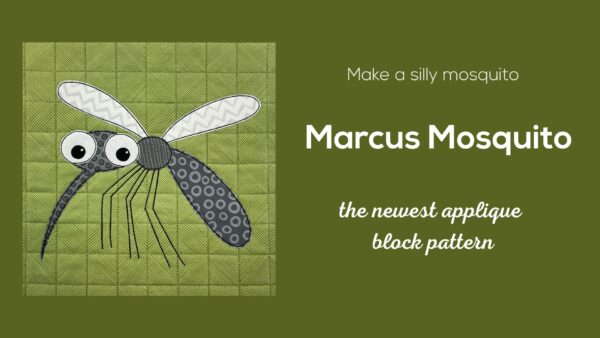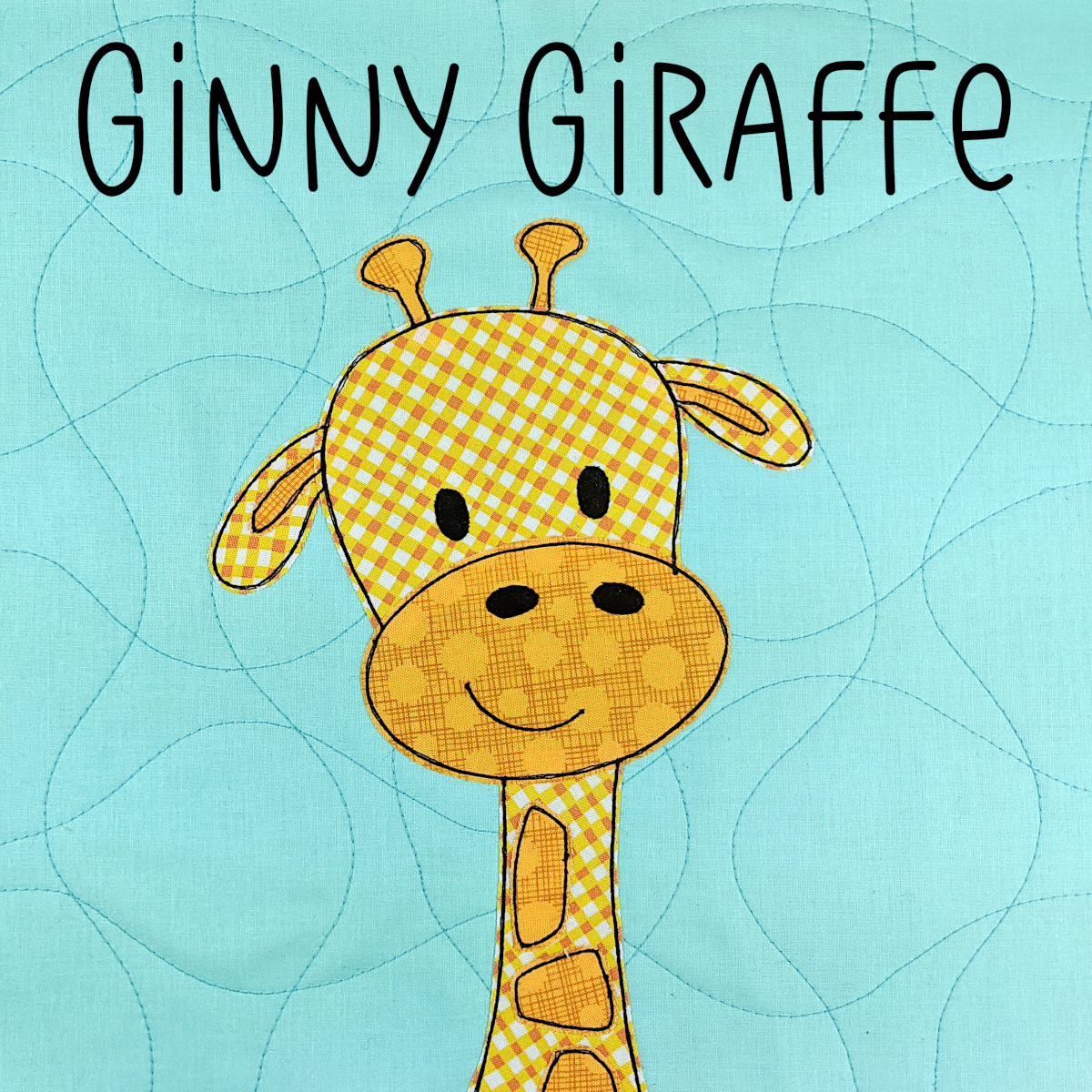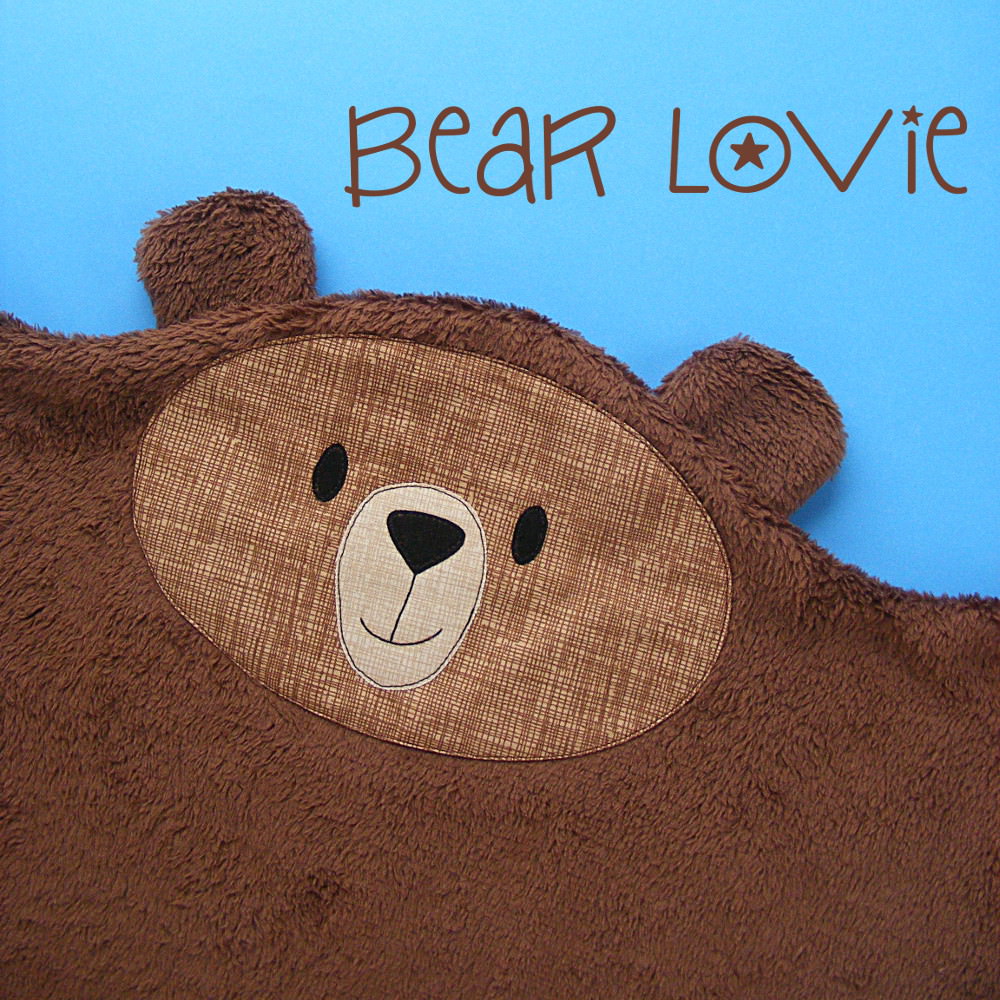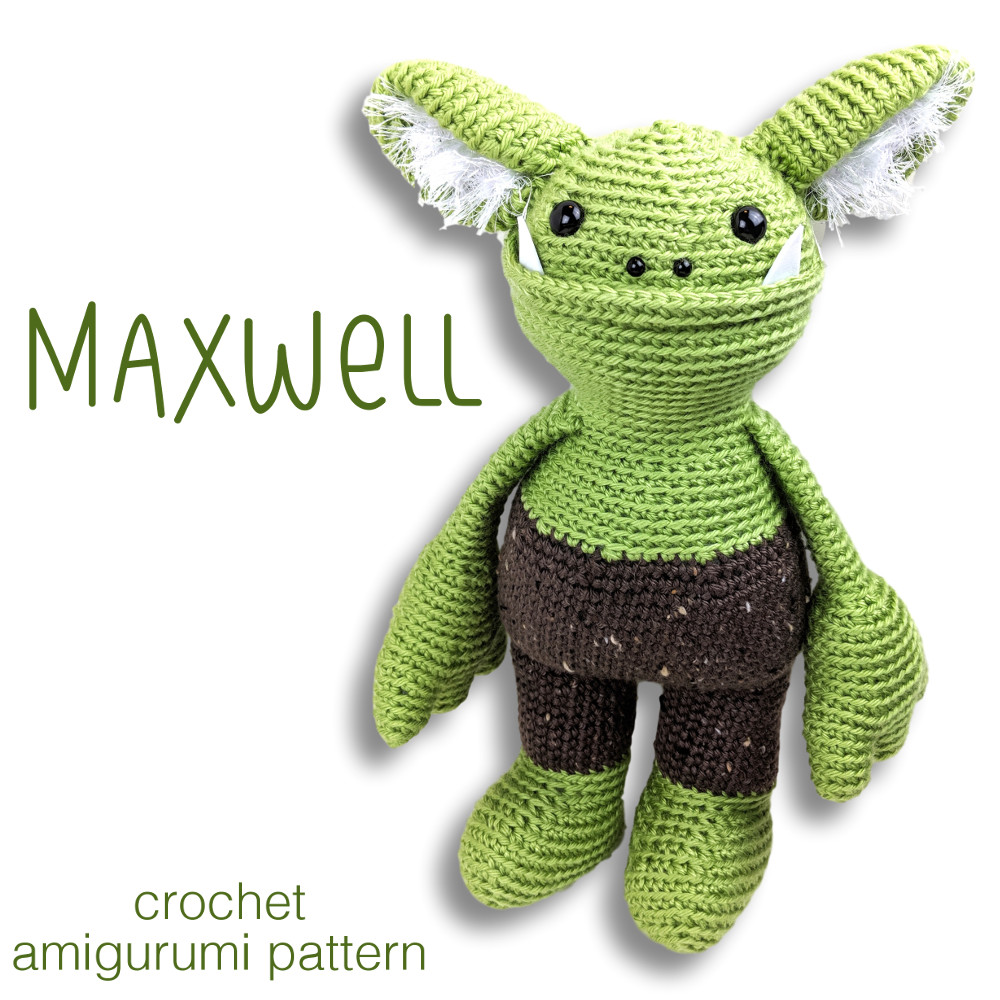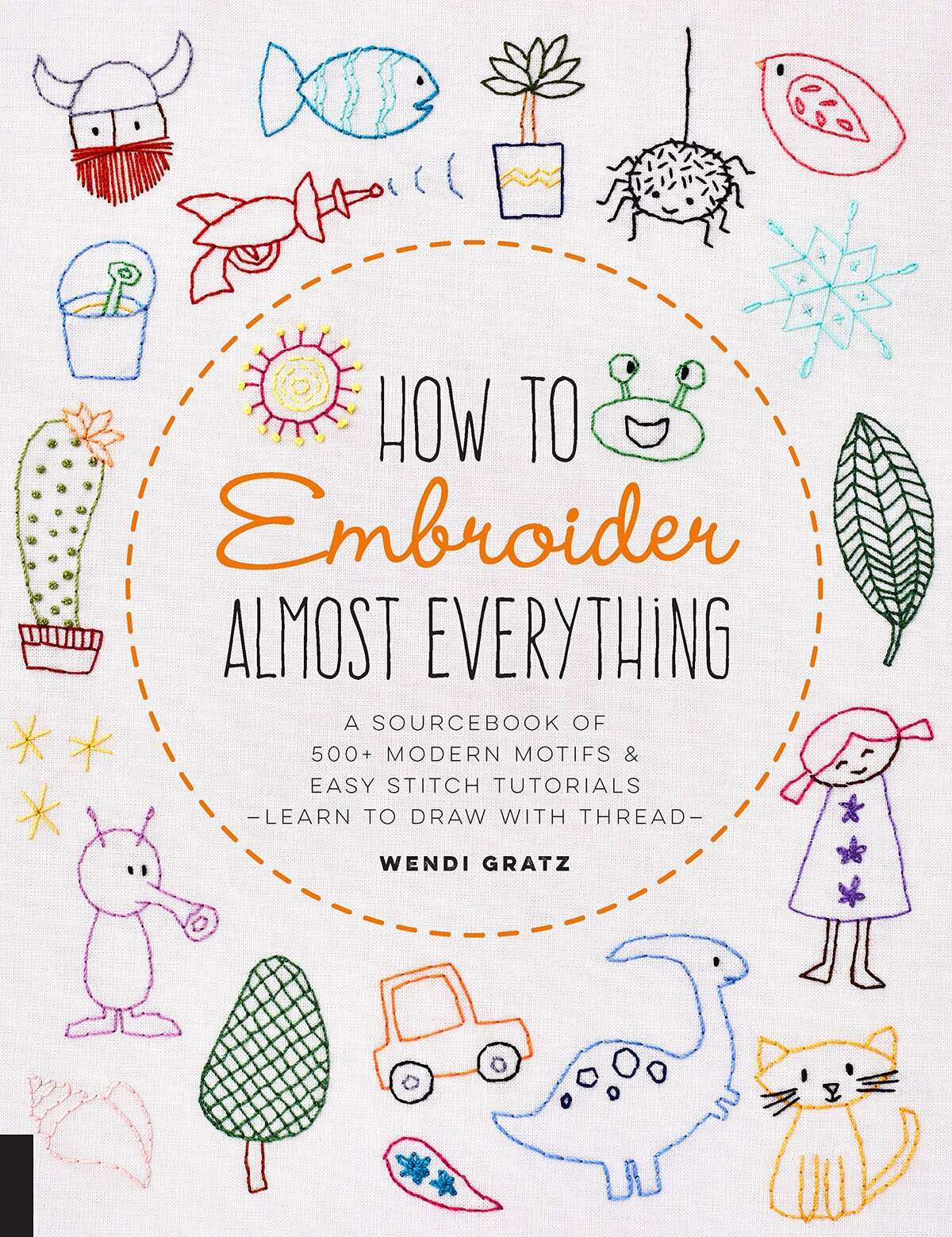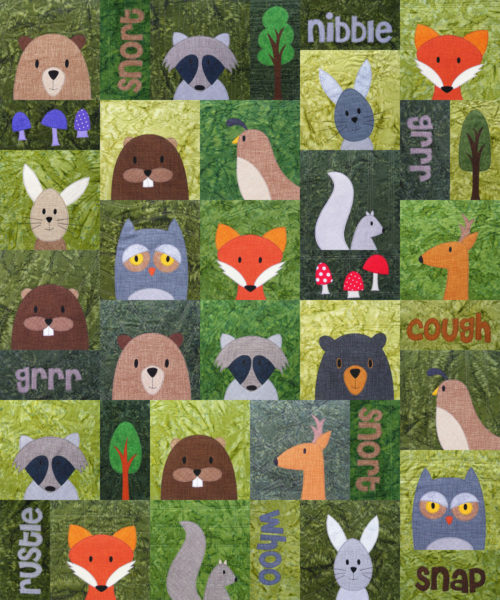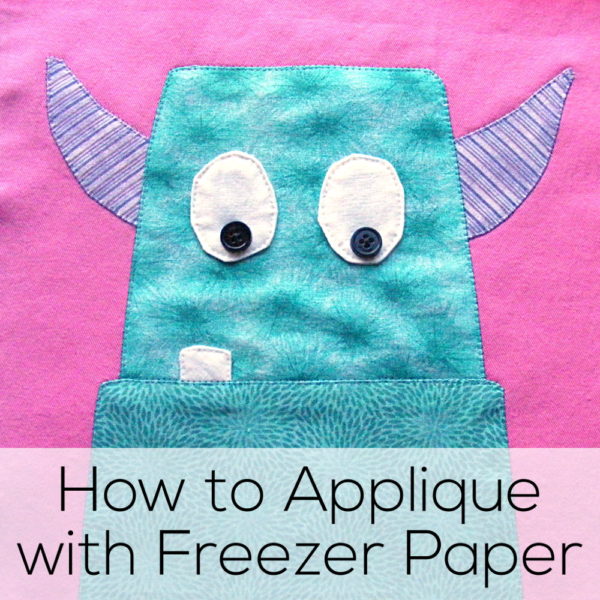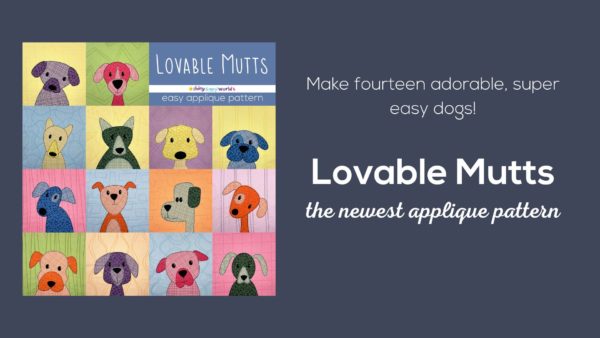I’ve been working on some cat applique blocks for a kitty quilt that matches these puppies. I’ve been posting some of the blocks as I finish them – and I’ve been getting some questions about them.
All of the blocks so far use fusible adhesive. It’s so quick and easy and I LOVE using the printable sheets. They’re worth every penny (in my tracing-hating opinion). I use Heat & Bond Lite weight for all my quilts.
All of the stitching is done by machine. Every bit of it. The eyes and nose are appliqued on and stitched in black thread – just a simple straight stitch. I stitched around the edges in a simple straight stitch too – in black thread for a loose, cartoony effect. I love it!
(For those who wonder if outlining your applique with simple straight stitching is durable enough – here’s a post showing one of my daughter’s quilts after over a year of use and many trips through the washer and dryer.)
And then there’s the big question from the folks who are clearly zooming in on the image for a closer look.
How are you getting a thicker line on the face and whiskers?
Very observant, my friends!
I’ve been doing some experimenting and I’m getting the thicker line in two ways. Sometimes I stitch over the same line three times. And sometimes I use thicker thread. I’m demonstrating both with these Oscar blocks.
In the brown cat I used thicker black 12 weight thread for all the stitching. In the orange cat I used regular all-purpose thread once around the body, then three times for the whiskers and mouth.
You can’t just change the thread weight all willy-nilly. In my very first sewing project I used some really thick stuff called buttonhole twist and had all kinds of problems with it. I had just grabbed it because it was a small spool and I liked the color. I didn’t know there were different kinds of threads!
Now I know – and I did some deliberate experimentation with some spools in different thread weights I brought back from Quilt Market. Here are the results. . .
This is a really big photo I loaded up, so you can click on it to zoom in super close.
Just like needles, thread sizes get smaller as the numbers get bigger.
50 wt
This is crazy fine thread – noticeably thinner than the basic all-purpose stuff you can get at any of the big box stores. Use a thinner needle with it (I used a Microtex/Sharp size 80/12). You’ll get a nice, subtle thin line of stitching. This would be great with thinner fabrics or subtle quilting – like stitch in the ditch where the thread won’t be so much in the spotlight.
40 wt
A little bit heavier than the 50 wt, this feels like the most “normal” thread in the bunch. I used the same needle as the 50 wt.
28 wt
This one was noticeably thicker than the others – and is where I started having trouble with a couple of skipped stitches. It turns out I just needed to sew a little slower which, frankly, I’d be doing anyway if I was stitching around an applique shape instead of just zipping down a quick row of straight stitches to see what it looked like. I did an extra couple of rows of stitching here to get the hang of it and you can see the results – no more skipping.
For the 28 wt I used 50 wt in the bobbin and a new needle – a topstitch size 90/14. I like it. But I love the next one.
12 wt
This is the equivalent in thickness of two strands of embroidery floss. If I were hand-embroidering these faces it’s what I’d use – but I didn’t know you could use such thick thread in the machine. What a revelation!
Just like the 28 wt – use lighter weight thread in the bobbin and a topstitch needle size 90/14. You’ll probably need to play with the tension just a tiny bit since the top and bobbin threads are so different. Stitch up a quick sample using the same weight batting you’ll be using and different color threads in the top and the bobbin. Adjust the tension as needed until the bobbin thread doesn’t show on the top and the top thread doesn’t show on the bottom. In this sample you can see the tiny green specks of bobbin thread showing on the top. It’s easy to fix. Make a note of the new tension and use that every time you’re topstitching with your heavy threads and you won’t need to test it again.
So which one is better – thicker thread or more passes?
I think this is totally a matter of preference. Scroll back up to the two cats side by side. Click on the image to see it bigger and zoom in. Which do you like better?
For me it will probably vary from project to project. The heavier thread weight is certainly faster – you’re only sewing everything once. But I also really like the slightly sketchy look of sewing the same lines more than once. It’s impossible to get them perfectly lined up all the time, so the final result really looks a lot like my sketchbook. There’s a post here with more information about how to deliberately get that sketchy line.
I think they’re both going to have a place in my bag of tools. And now they’re in yours, too!

Here are links to all my posts about outline stitching.
- How to Topstitch and Edgestitch
- How Durable Is Straight Stitching?
- In What Order Do I Stitch?
- Stitching Eyes and Mouths – with lots of help for stitching tight curves
- Tips for Scribbly Outlining
- Playing with Thread Weight
- How to Mark Detail Stitching Lines
Finished with this topic?
Return to the Let’s Make a Quilt main Table of Contents.
Move on to the lessons about how to trim and assemble your blocks.
Happy sewing!

